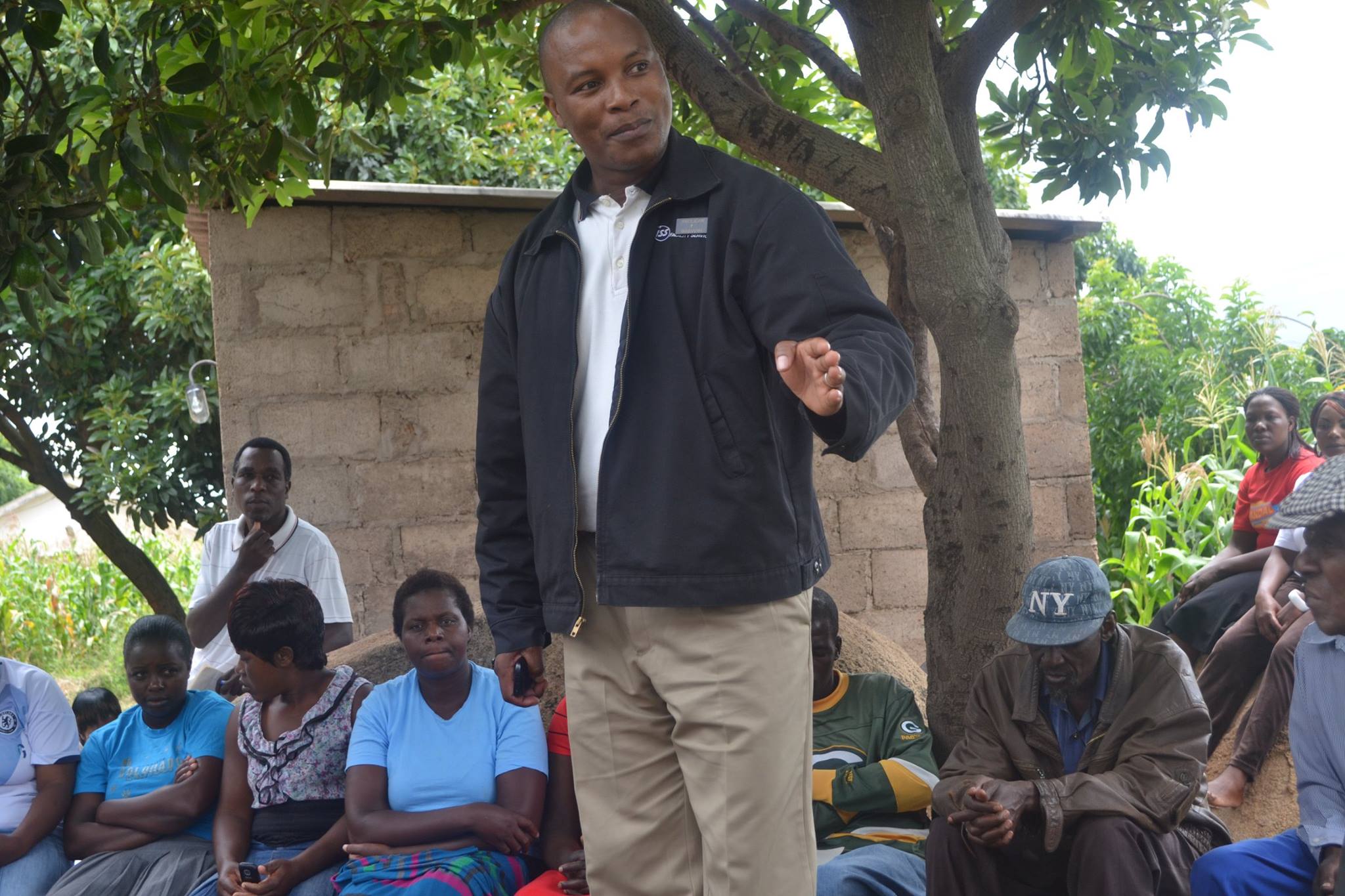By Charles Dhewa
Besides focusing on pleasing foreign investors, the easy of doing business hype https://tradingeconomics.com/
Isn’t it correct that fortunes are born in bad markets?
The ability to navigate uncertainties is the most powerful skill in the business world. Those who do well in hard times will survive anywhere. For a long time, development organisations have pretended to simplify people’s livelihood including doing business but this has happened at the expense of innovation. Open markets in developing countries have for decades been proving that doing business is not easy. If business was easy those with collateral would easily get all the money from banks and succeeding in doing their businesses. Conversely, small actors like SMEs who do not have the collateral required by banks have a better sense of the business environment than big boys who can easily walk into a bank and get what they want but fail to run businesses.
Lessons from dynamics in African mass markets
Every farmer who brings commodities in the mass market is expected to sell everything within four hours irrespective of the volume of commodities s/he brings. The farmer will have to know different actors including opportunistic traders who jump onto every fast moving commodity. Being opportunistic, these traders go for a commodity when it has the best price. For instance, when tomatoes are in short supply they colonize them but when there is a tomato glut they leave farmers to struggle on their own. A desire to quickly seal a deal is one characteristic of a trader. Before the farmer knows it, s/he has already agreed to a deal. These are the same techniques applied by some foreign investors on uninformed government officials who end up signing deals that do not help ordinary people like farmers.
How mass market traders also use behavioural economics
By looking at dressing and walking style, traders can tell whether one is a farmer or trader. Traders walk much faster. The way commodities from a farmer and a trader are stacked is also telling. Traders have a structure of stacking and grading by stacking while the farmer’s commodities are often mixed up. A trader’s commodities are well packed and in large sizes or portions on top. When traders visit farms they go with experienced packers – packing is where some of the manipulation happens through over-packing. Since most smallholder farmers do not have scales to weigh commodities on-farm, measuring through observations sees the trader getting an extra crate from at least four crates. This is just to illustrate how there is no real easy of doing farming as a business.
How competitors close to the market end up setting prices
A farmer who brings 1000 crates of tomatoes tend to set the price and rules of the game for the farmer who brings 200 crates. If a box is going for $10, the farmer who brings 1000 crates will earn $10 000 while the one who brings 200 crates will earn $2000 within the four hours of marketing. Assuming transport costs constitute 20% of sales, the 1000 crates farmer will incur $2000 transport costs while the 200 crates farmer will incur $4000 transport costs because s/he has to do five trips in order to match the 1000 crates farmer who will have brought his consignment in one trip.
This means the 1000 crates farmer enjoys economies of scale, enabling him/her to set prices. He can afford to drop prices to $8/crate and still break even while the 200 crate farmer will not be able to survive. This is how big volume farmers can push out smallholder farmers who bring small volumes. The same scenario applies to the inputs side. Farmers who are subsidised with inputs push those who buy their own inputs out of the market. It means prices will not be set by supply and demand but by some farmers with hidden advantages that enable them to set prices downwards. The market does not care that commodities coming to the market were produced with different costs. It is the same with formal education. Children in rural areas are expected to write the same examination with urban children who have many advantages like electricity and libraries and be expected to compete for the same employment opportunities.
In agriculture, farmers close to supermarkets have a lot of advantages like good road network and abundant transport. On the other hand, farmers in Rusitu which is a good production zone but beset by poor infrastructure are less competitive in the same market with farmers from Mazowe or Norton. That is how they are taken advantage of by farmers close to the market whose price settings influences prices on the entire market. Farmers close to the market end up becoming buyers of commodities from those in distant production zones.
Promoting ease of doing business through exploring other competitive advantages
Besides price, what other competitive advantages can be used to assist farmers far from the market? Nyanga potato farmers in Zimbabwe have managed to stand up to the competition due to their unique micro climate which enables them to produce high quality potatoes and supply when competitors do not have the commodity. What competitive advantages can be identified in distant farmers so that they can have a percentage share in setting prices? When such advantages are identified and cultivated, price stops becoming the only determinant of consumers’ decisions to buy. From that angle, there will be a justification for prices to differ as farmers from distant areas will have a unique selling proposition justifying higher prices to compensate market-related costs. Unless policy makers understand these issues at a granular level, easy of doing business initiatives will not benefit farmers and small entrepreneurs.






